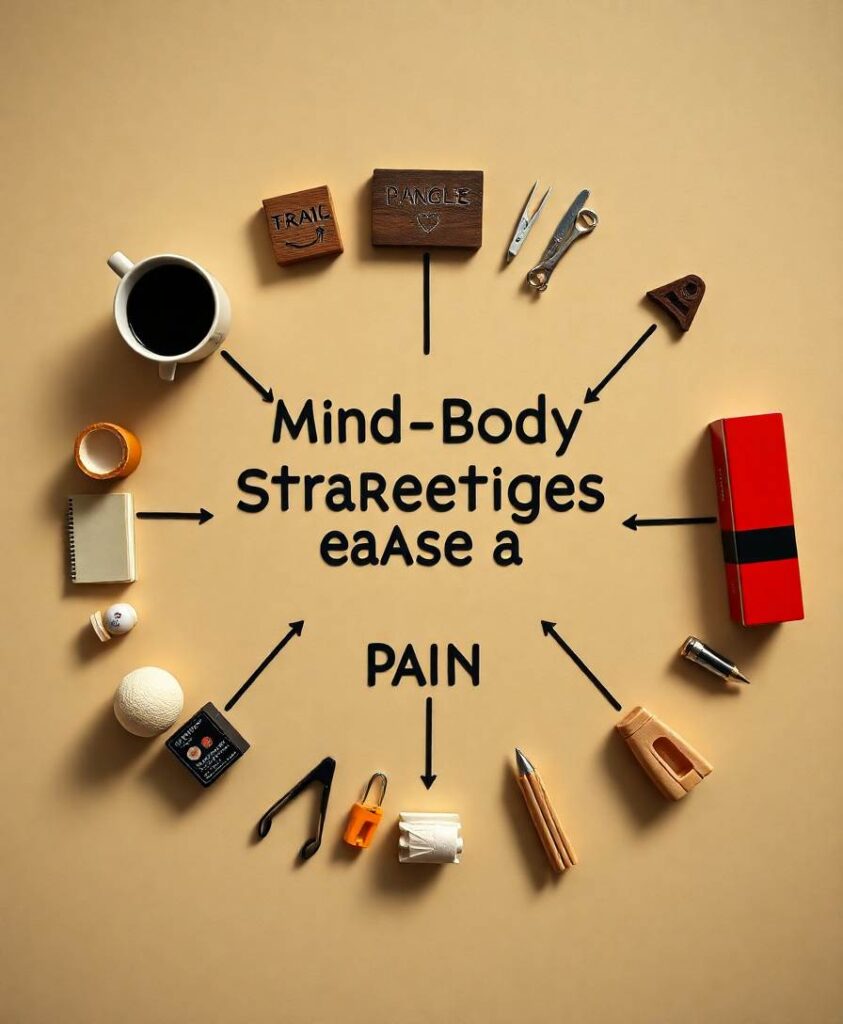Natural environments offer a profound neurological reset for individuals struggling with persistent pain. When we immerse ourselves in green spaces, our brain’s attention networks shift away from internal discomfort, creating what neuroscientists call a “cognitive interrupt.” This isn’t distraction in the simplistic sense, but a sophisticated neurological recalibration where environmental stimuli help rewire pain perception pathways.
The most exciting aspect of this research goes beyond immediate symptom relief. By exploring how immersive natural experiences can modulate pain perception, researchers are opening new pathways for holistic treatment strategies. Virtual reality interventions represent a particularly promising frontier, potentially bringing nature’s healing potential to those with limited mobility—transforming how we conceptualize chronic pain management and accessibility of therapeutic experiences.
Finding Relief in Nature’s Embrace: How Green Spaces Can Ease Chronic Back Pain
Imagine the gentle rustle of leaves, the soft whisper of wind through tall trees, and the warm touch of sunlight filtering through branches. For many living with chronic back pain, these simple natural experiences can feel like a balm for the body and mind. If you’ve ever noticed how stepping into a quiet garden or wandering through a lush forest can momentarily lift your spirit or ease your discomfort, you’re tapping into a powerful, yet often overlooked, healing resource.
Our bodies are deeply attuned to the natural world. When you’re immersed in a green space—whether it’s your backyard, a neighborhood park, or a sprawling forest—your sensory system begins to relax. The sights, sounds, and textures of nature engage your senses in a way that distracts from pain and promotes a sense of calm. Research shows that people with long-standing lower back pain, some enduring symptoms for decades, find measurable benefits from spending time in natural environments.
What’s especially interesting is the distinction between simply being in a garden versus truly immersing yourself in larger, more expansive green spaces. Gardens provide a personal, familiar refuge, but larger natural environments—such as forests—offer a more profound experience. When you lose yourself in the vastness of trees and open space, your focus naturally shifts away from pain and toward the beauty and tranquility around you. This mental shift can be a silent ally in managing chronic discomfort.
People living with persistent back pain often search for ways to incorporate relief into their daily lives. Many discover that just spending a few moments in nature can help regulate stress and improve overall well-being. Yet, what if physical limitations prevent frequent visits to these natural havens? Here’s where innovation steps in. Researchers are exploring virtual reality experiences that simulate the calming effects of being in nature. These digital escapes aim to provide some of the mental and emotional benefits of the outdoors, even if stepping outside isn’t always possible.
If you’re managing ongoing back pain, consider how integrating natural environments into your routine might make a difference. Start small—perhaps a morning walk in your local park or sitting in a sunny garden. As your body allows, gradually extend your time or seek out larger green spaces that envelop you in their quiet majesty. Even moments of mindful observation—listening to bird songs, feeling the texture of bark, or watching sunlight dance through leaves—can help shift your focus away from pain and toward a restorative experience.
The beauty of this approach is its simplicity and accessibility. Nature’s healing power is available to nearly everyone, regardless of location or mobility. It’s a gentle reminder that sometimes, the best medicine is just stepping outside and letting the natural world work its quiet magic.
Remember, managing chronic back pain isn’t only about medications or physical therapy. It’s also about nurturing your mind and spirit. Embracing nature, whether through real-world immersion or virtual reality, offers a promising complement to traditional treatments. It’s an invitation to reconnect with the earth’s calming presence and discover how it can support your journey toward relief and well-being.
Learn More: Being in nature can help people with chronic back pain manage their condition
Abstract: Researchers asked patients, some of whom had experienced lower back pain for up to 40 years, if being in nature helped them coped better with their lower back pain. They found that people able to spend time in their own gardens saw some health and wellbeing benefits. However, those able to immerse themselves in larger green spaces such as forests felt even more positive, as they were able to lose themselves in the environment and focus more on that than their pain levels. The researchers have recommended trying to incorporate time spent in nature into people’s treatments plans, and are also using their findings to develop virtual reality interventions that allow people to experience some of the benefits of being in nature without the need to travel anywhere if they are unable to do so.
Link: https://www.sciencedaily.com/releases/2025/06/250603115020.htm





